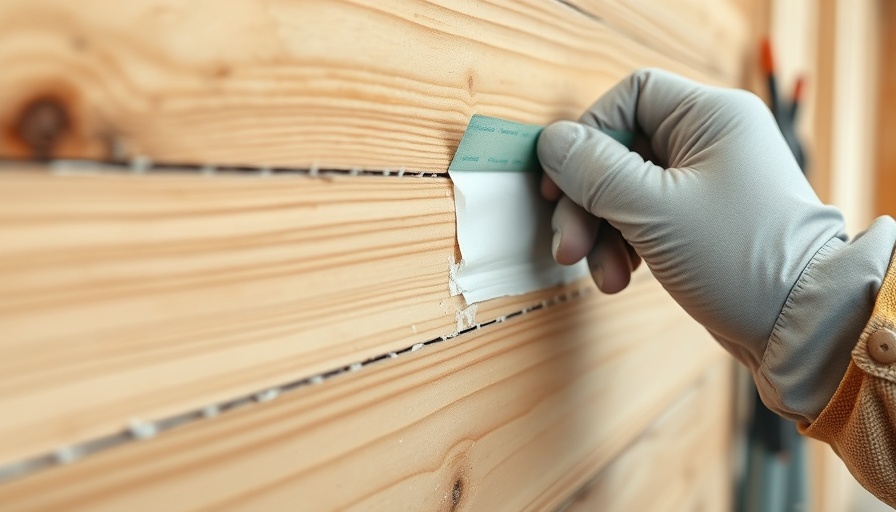
A Bold Step Towards Carbon Neutrality
In a significant move aimed at combating climate change, the Boston Zoning Commission has made headlines with their recent amendment to the city’s zoning code. This groundbreaking change mandates that most new large buildings in Boston achieve net-zero carbon emissions from the moment they open their doors. By 2050, the city aims to become fully carbon-neutral, and this initiative signals a crucial step forward toward that ambitious goal.
The Impact on Greenhouse Gas Emissions
Buildings are responsible for a staggering 71% of Boston’s carbon emissions. Therefore, this new policy, effective after July 1, 2025, requires all new project filings for buildings with 15 or more units or existing buildings expanding by at least 50,000 square feet to comply with strict carbon emission standards. If this policy had been implemented earlier, it is estimated that the city could have seen a reduction of 0.58% in its total greenhouse gas emissions, equivalent to the emissions produced by waste across the city.
Commitment to Sustainability
Brian Swett, Boston’s chief climate officer, emphasized the importance of this policy in addressing both operational carbon emissions and the embodied carbon in construction materials. By holding new developments accountable for their carbon footprint, Boston is setting a precedent for cities worldwide. The reduction of emissions contributes to improved air quality, aligning with the city’s broader goal of transitioning from fossil fuels to renewable energy sources.
Community Health and Climate Change
Mayor Michelle Wu has reinforced this message by highlighting the urgency of taking action against the consequences of climate change. The city’s commitment to embedding sustainability into new projects is not only about environmental health but also about protecting the well-being of Boston’s residents. Maintaining a healthier urban space is essential for the quality of life and safety of all its inhabitants.
A Model for Other Cities
The implications of Boston's new zoning policy extend beyond local borders, potentially serving as a model for urban centers across the globe. As cities grapple with the pressing consequences of climate change, Boston's concrete steps towards sustainability encourage others to reconsider their building practices and policies. Hessann Farooqi of the Boston Climate Action Network stated that this move avoids costly retrofits while paving a clear pathway to fight climate change effectively.
Summary
With crucial measures like the net-zero carbon zoning policy, Boston takes significant strides towards achieving carbon neutrality. This action underscores not only the city’s dedication to environmental stewardship but also sets a powerful example of how urban development can align with climate goals. For those keen on the evolving practices in sustainable development, Boston’s journey marks an exciting and hopeful new chapter.
 Add Row
Add Row  Add
Add 






Write A Comment